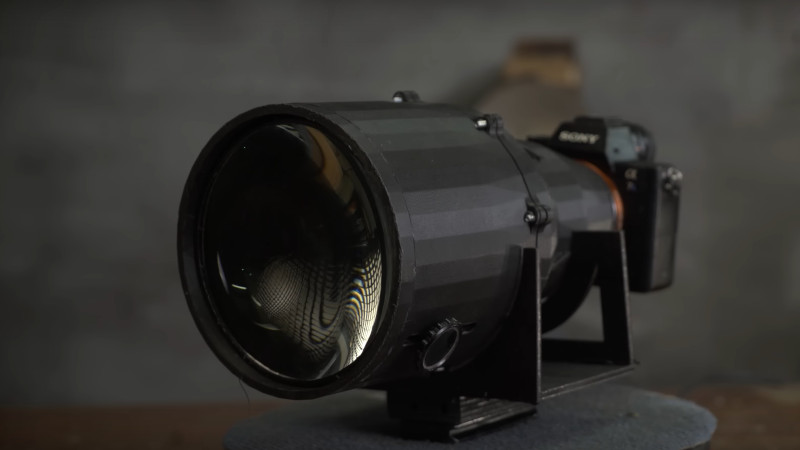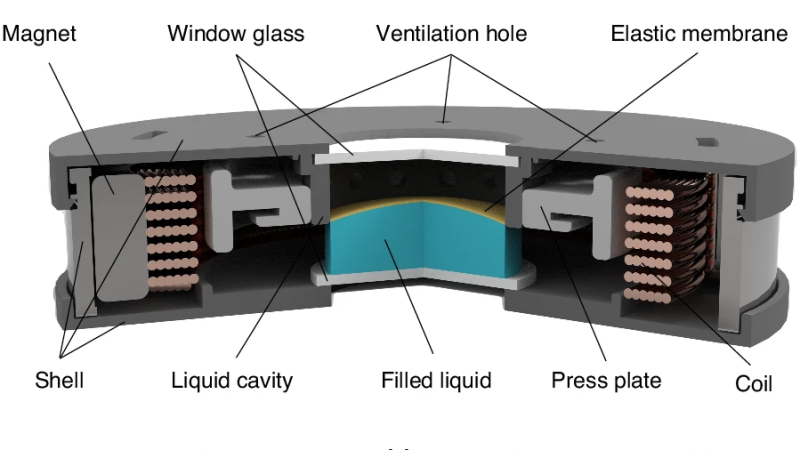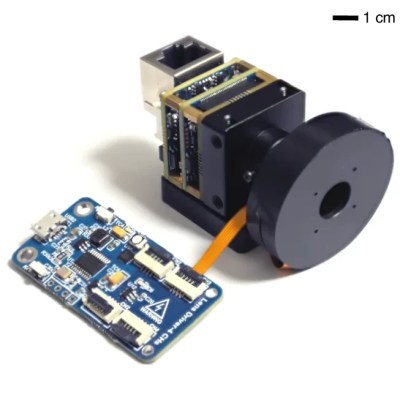A Low F Number Lens, From Scratch

The F-number of a photographic lens is a measure of its light-gathering ability, and is expressed as its aperture diameter divided by its focal length. Lenses with low F-numbers are prized by photographers for their properties, but are usually expensive because making a good one can be something of a challenge. Nevertheless [Rulof] is giving it a go, making an 80mm F0.5 lens with a Sony E-mount. The video below the break has all the details, and also serves as a fascinating primer on lens design if you are interested.
Rather than taking individual lenses, he’s starting with the second-hand lens from an old projector. It’s got the required huge aperture, but it’s by no means a photographic lens. An interesting component is his choice of diaphragm for the variable aperture, it’s a drafting aid for drawing circles which closely resembles a photographic part. This is coupled with the triplet from an old SLR lens in a 3D-printed enclosure, and the result is a lens that works even if it may not be the best. We know from experiences playing with lens systems that adjusting the various components of a compound lens like this one can be very difficult; we can see it has the much sought-after bokeh or blurred background, but it lacks sharpness.
Perhaps because a camera is an expensive purchase, we don’t see as much of this kind of hacking as we’d like. That’s not to say that lenses don’t sometimes make their way here.

